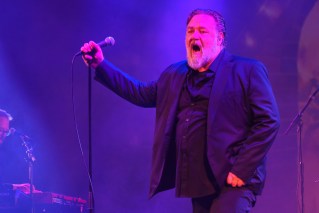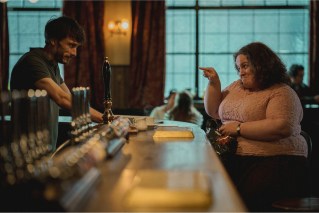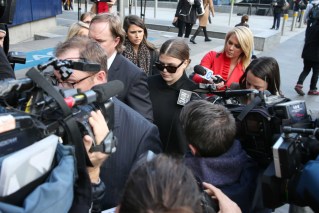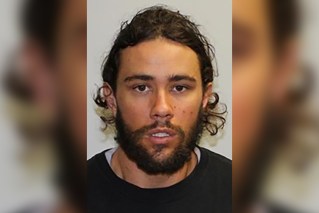Hollywood studios return to Australia after SAG-AFTRA deal
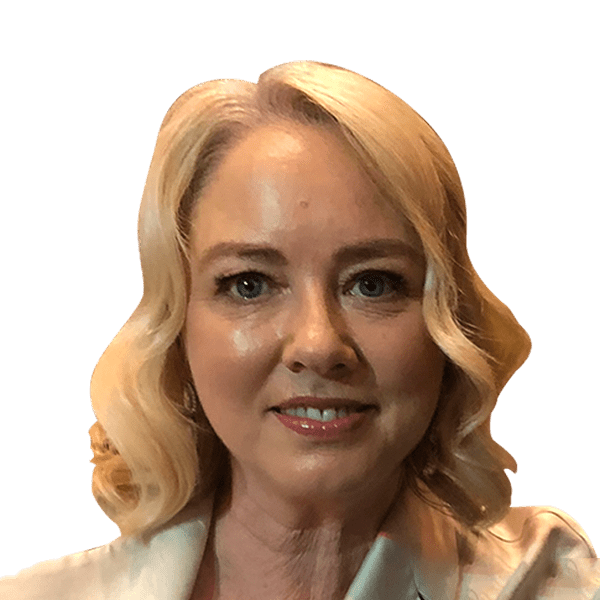
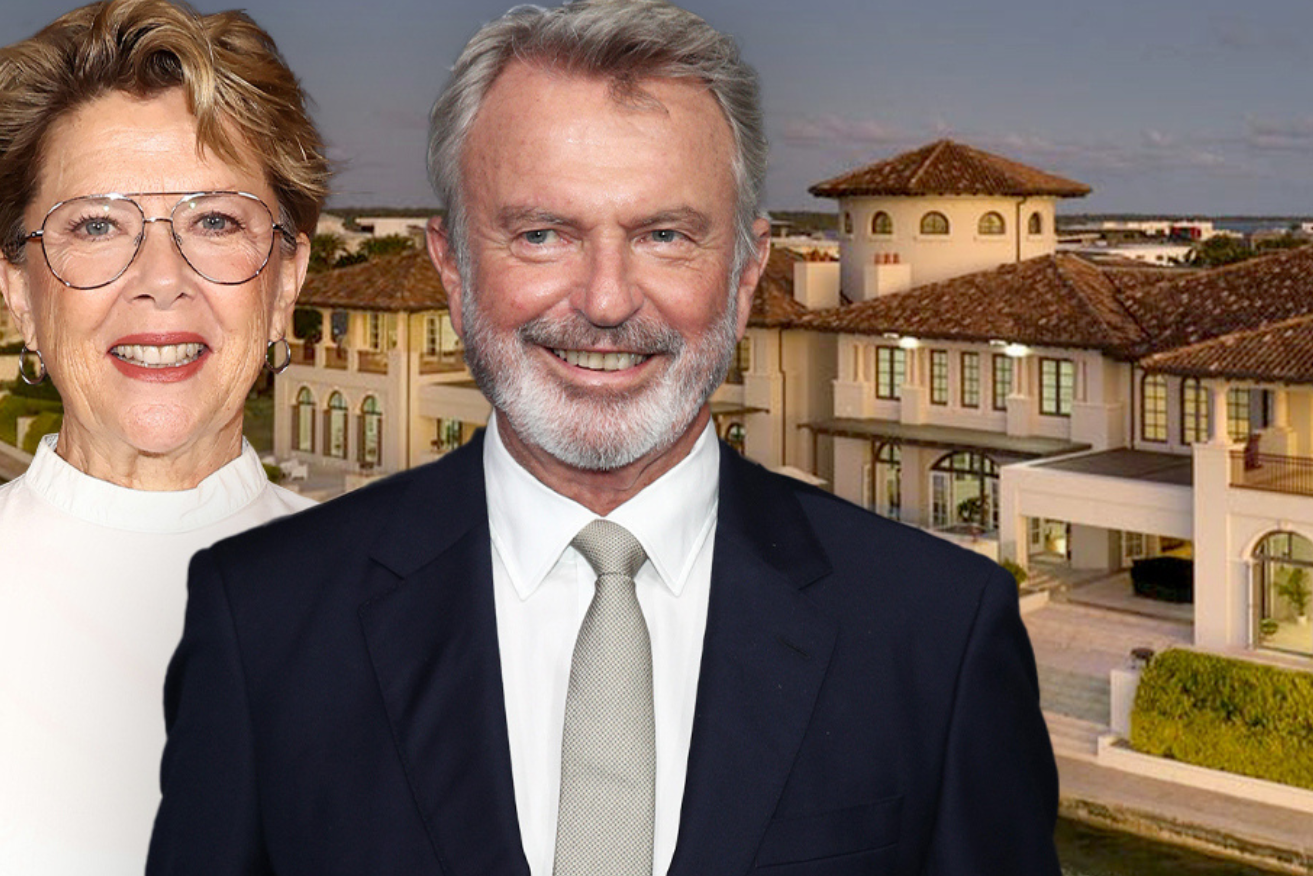
Annette Bening and Sam Neill are two of the stars filming movies in Queensland. Photo: TND/Getty
Almost immediately after the actors union struck a tentative deal with the studios this month, cast and crew on big-budget Hollywood films including Apples Never Fall and Mortal Kombat 2 got back to work in Australia.
A “pipeline of productions” from local and international studios, including some embargoed projects, were set to resume “quickly in the next few weeks, or couple of weeks even,” Screen Queensland chief executive Jacqui Feeney said.
“But there is a lot of work sitting there that we’re aware of that will get up and running next year.”
So are the studios picking up where they left off – Queensland in recent years has been a well-documented honeypot for filmmakers – and are there moves to circumvent the SAG-AFTRA demands and find financially friendlier off-shore locations?
SAG-AFTRA valued the actors’ total contract at more than $US1 billion in total over three years (their 160,000 union members will still need to ratify the 16-page agreement in a vote).
Breaking it down, ratings agency Moody’s Investor Services estimated the new guild contracts with actors, writers and directors will cost Hollywood studios at the high end of $US450 million to $US600 million a year.
“Moody’s said studios may also look for more tax breaks, financing subsidies and to produce more projects outside the US,” reported Deadline.
That could mean “more imported content and stories that perform better across borders”.
“This greater level of cost consciousness, beginning at the green-lighting stage, is already under way as companies try to reach streaming profitability quicker.”
Senior lecturer in creative industries at Queensland University of Technology, Dr Ruari Elkington, says it’s less about “bypassing” any of the agreements, and more about being “courted” by Queensland.
“[It is] more about being actively courted by production incentives, incredible locations and first-rate crew,” he said.
The state’s peak film body has also made studio production commitments in Brisbane and on the Gold Coast, including the Gold Coast Film Commission and a $12.6 million development in Cairns set to open early next year.
“[The state] … is actively positioning itself internationally as Australia’s ‘film-friendly state’ all the way down to a local council level.
“This commitment matters and it is paying dividends in terms of international production … so that’s what is luring production most of all rather than trying to sidestep union agreements.”
Tweet from @DiscussingFilm
‘A screen production paradise’
Feeney says the Sunshine State generated $700 million in local expenditure during the 2022-23 financial year, edging closer to New South Wales as Australia’s leader.
“While Queensland’s post-production houses continue to draw demand from some of the producers around the world, increased work on local projects also contributed to the upward national trend in this arena.
“As Russell Crowe said earlier this year, ‘when it comes to production, Queensland is leading the way’ and decades of investment in our industry and infrastructure has underpinned our winning combination of competitive incentives, highly experience crews, world-class facilities and stunning locations,” Feeney said.
ABC and SBS documentary filmmaker of almost three decades, Professor Peter Hegedus, who leads Australia’s largest film school at Griffith University, tells The New Daily it’s also our current exchange rate that makes us an attractive option.
“It’s to do with the value of the Australian dollar as well, which makes us a very appealing location for a lot of American productions,” he said.
“We know that many American productions come here to make films, and a lot of those crew are Australian so when the strike began, all those members had to stop immediately.
“That had huge impacts on films like Mortal Kombat 2 where all work stopped. A huge impact. We’re seeing positive results … on future work in Australia.”
The martial arts fantasy film was already committed to filming in Queensland before the strike and is now among the first big-name films to resume.
“We’re back, baby,” wrote New Zealand actor Karl Urban (The Boys) and star of the film, playing B-grade fan favourite Johnny Cage.
Village Roadshow’s Godzilla x Kong: The New Empire is in post-production on the Gold Coast, and Elkington says the movie based on singer-songwriter Paul Kelly’s iconic Christmas hit, How To Make Gravy, starring Hugo Weaving and Kate Mulvany is also getting “a lot of chatter” as production starts on the Gold Coast.
Australian author Liane Moriarty’s adaptation of Apples Never Fall, starring Annette Bening and Sam Neill, worth more than $79 million to the local economy and employing 260 jobs, has also resumed and is in pre-production as per IMDb.
According to Domain, a palatial $45 million waterfront property at Paradise Point on the Gold Coast was used as a backdrop for filming the Peacock TV production recently.
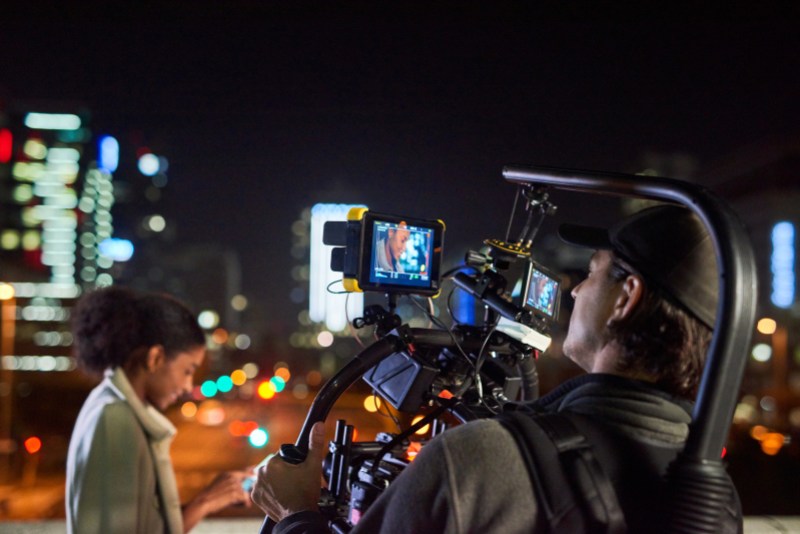
Camera crews, assistant directors all getting back to work. Photo: Getty
Keen to get back to work, but what’s the cost?
Hegedus offers a note of caution as the industry gets back on track.
“It’s very good for us but does bring some concerns for us, including that we have the people with the right skills for productions,” he said.
“Talking to local crews, the concern is that there is not enough first assistant directors … not enough crew that can come on sets and take on these critical roles.
“There are obligations in the US that the money that is spent, is spent on their own crews.
“It’s a fine balance,” he says, adding there should be an impetus for training, support and development opportunities at home.
CBS MoneyWatch broke down exactly what actors in the US union will get, including minimum compensation increases, streaming bonuses with disclosure of viewership statistics on high-budget streaming productions.
Limits on artificial intelligence, a minimum number of background actors and relocation bonuses (up to $5000 a month for six months).
However, Australia’s union warns that the deal does not cover actors or crew employed by Australian studios.
Michelle Rae from the Media, Entertainment and Arts Alliance told ABC Radio Brisbane “there were ongoing AI concerns with actors here, and that they don’t have the right to industry strike here in Australia”.
“Australian industrial action isn’t set up for industry strikes. You have to be negotiating directly with your employer to gain the protections to get an industry strike.
“[Australian performers] can’t do what the Americans have just done because we don’t have that ability.”
Rae revealed 70 per cent of Australian performers earned less than $29,000 a year and, in some cases, have had wages cut compared to 2018 and 2019 rates, according to the ABC.
“In Australia, because we’re negotiating an industry agreement [not an employee agreement], the only option available to actors is to talk to the community about what their struggles look like,” Rae said.
If you build it, they will come
Elkington says the other really important piece of the puzzle for Queensland is its commitment to cinema exhibition and cinema culture.
Two new cinema complexes have opened in Brisbane, there’s the Brisbane and Gold Coast Film Festivals, the Asia Pacific Screen Awards and the Australian Academy of Cinematic and Television Arts (AACTA) awards on the Gold Coast in February.
“All this cultural activity at a cinema exhibition level reminds us of how all the talent in that film production pipeline want us to see their films ideally, which is in cinemas.”

